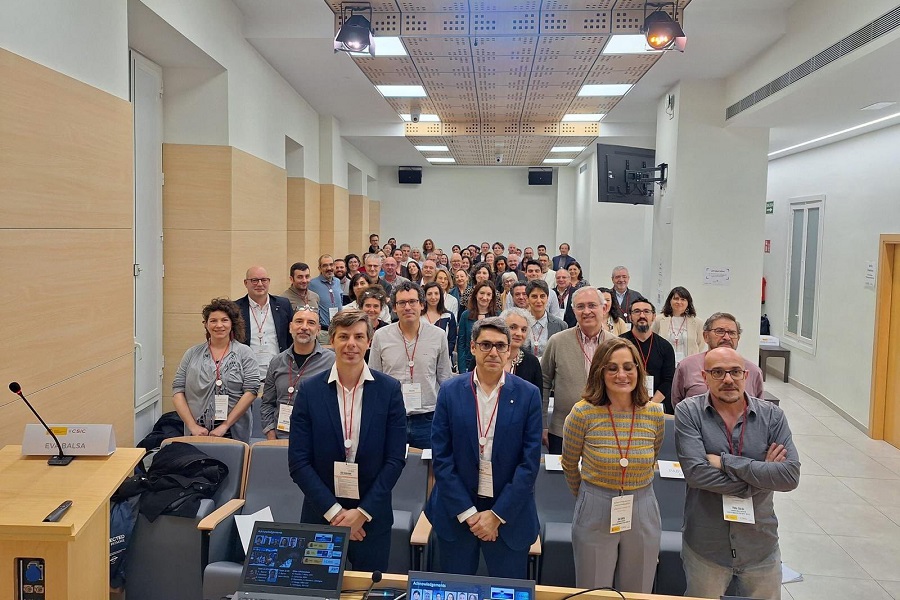Summer workshop on bioinformatics tools
Instituto de Ciencias de la Construcción Eduardo Torroja (IETCC) C. de Serrano Galvache, 4, Cdad. Lineal, MadridSummer training workshop that will connect developers of bioinformatics tools with the Bioinformatics Services of the CSIC institutes. The event aims to train, by developers, analysts located in different CSIC bioinformatics services, in the use of tools for their application in the analyzes they carry out for end users. In this way, the aim is to promote the transfer of BCB knowledge within the CSIC, train services, and generate a feedback mechanism between developers, users and services. Single Cell RNAseq data analysis and cellular transcriptomics This is a hands on mini course focused on the analysis of single cell RNA sequencing data using R (programming language for statistical computing, cran r project org) and R libraries such as SEURAT (satijalab org/seurat/) to quantify the gene expression profiles of single cells, identify specific cell types with corresponding gene signatures, and obtain molecular phenotyping of the cells. (Javier De Las Rivas – IBMCC, CSIC USAL) Multiomics and transcriptomics integration in Long.reads Multiomics integration Multilayer regulatory networks with MORE, and functional interpretation with Paintomics Long read transcriptomics for processing quantification annotation and differential expression with SQUANTI 3 and tappAs. (Ana Conesa -I2SysBio, CSIC) Bacterial genome assembly MAGs microbial genomes extracted from metagenomes binning of metagenomes quality control of the obtained genomes, taxonomic classification, detection of viruses and plasmids and their connections with microbial hosts. (Maria Dzunkova – I2SysBio, CSIC) Virus genome assembly PePApipe a complete bio informatic analysis pipeline for African Swine Fever virus genomes This is a hands on demonstration of how to run a full analysis of ASFV viral genomes from Illumina short reads. It has been programmed in python language and can be run locally or using a bash script on a slurm protocol It contains 12 built in software tools to perform trimming, quality analyses, denovo assembly and mapping to a reference genome in order to obtain its putative variants It can be easily adapted to viruses other than ASFV. (Vicente López – INIA, CSIC) Workshop Program



